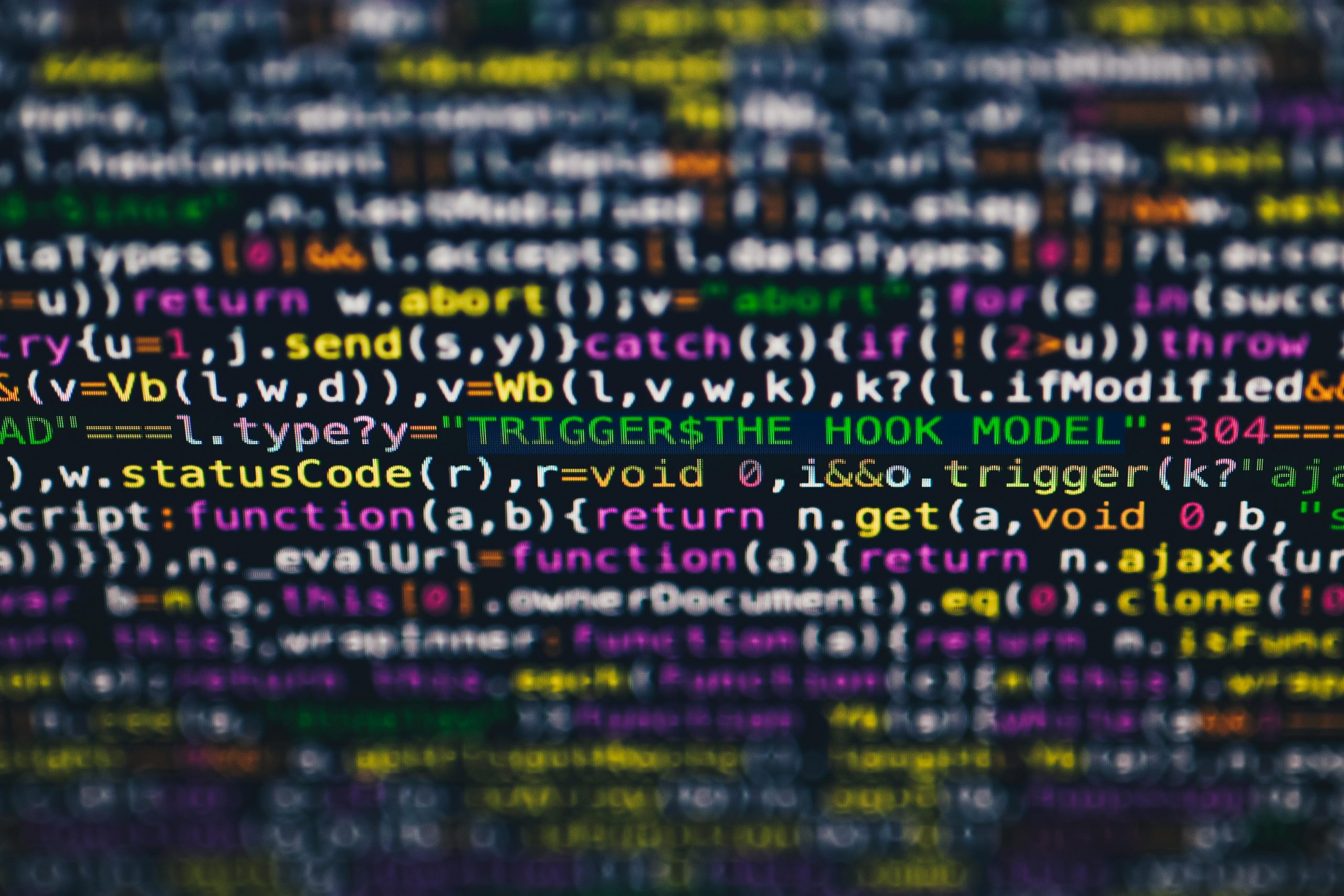Understanding and Resolving Persistent Blue Screen Errors on Your Custom-Built PC
Building a custom PC offers an incredible sense of achievement, but it can also come with its own set of challenges—particularly when encountering persistent system errors like Blue Screen of Death (BSOD). If you’ve recently assembled a new machine and are facing recurring BSODs such as “CRITICAL_PROCESS_DIED” and “KMODE_EXCEPTION_NOT_HANDLED,” you’re not alone. This guide aims to help you understand these errors, identify common causes, and explore effective troubleshooting strategies to restore stability to your system.
Understanding the Error Codes
CRITICAL_PROCESS_DIED
This error indicates that a vital system process has unexpectedly terminated. It often points to issues with system files, driver conflicts, or hardware failures that disrupt core OS operations.
KMODE_EXCEPTION_NOT_HANDLED
This error typically relates to a driver or hardware compatibility problem. It suggests that an exception occurred within kernel mode, usually caused by faulty drivers, defective hardware, or corrupted system files.
Common Causes of BSODs in New Builds
- Faulty or incompatible hardware components (RAM, PSU, GPU)
- Driver conflicts or outdated drivers
- BIOS misconfigurations or outdated BIOS firmware
- Corrupted Windows installation
- Overlooked hardware connections or insufficient power delivery
Troubleshooting Steps and Recommendations
-
Verify Hardware Components
-
Memory (RAM):
Run comprehensive memory diagnostics using tools like MemTest86. While Windows Memory Diagnostic is helpful, MemTest86 offers more thorough testing. Consider testing one stick if you have multiple modules to identify faulty RAM. -
Power Supply Unit (PSU):
A reliable PSU is crucial. Even though your Corsair RM1000e provides ample wattage, test with a different, known-good power supply if possible to rule out power-related issues. -
Graphics Card:
Ensure your GPU is properly seated and connected securely. Use DDU (Display Driver Uninstaller) to perform a clean reinstall of your GPU drivers. Monitor GPU temperatures to rule out overheating. -
Other Hardware:
Check all cables and connections. Disconnect non-essential peripherals to isolate potential conflicts. -
Update BIOS and Firmware
-
Ensure your motherboard BIOS is updated to the latest version compatible with your hardware, especially for newer CPUs like the AMD Ryzen 7 7800X3D. Firmware updates can resolve known compatibility issues and improve system stability
Share this content:

